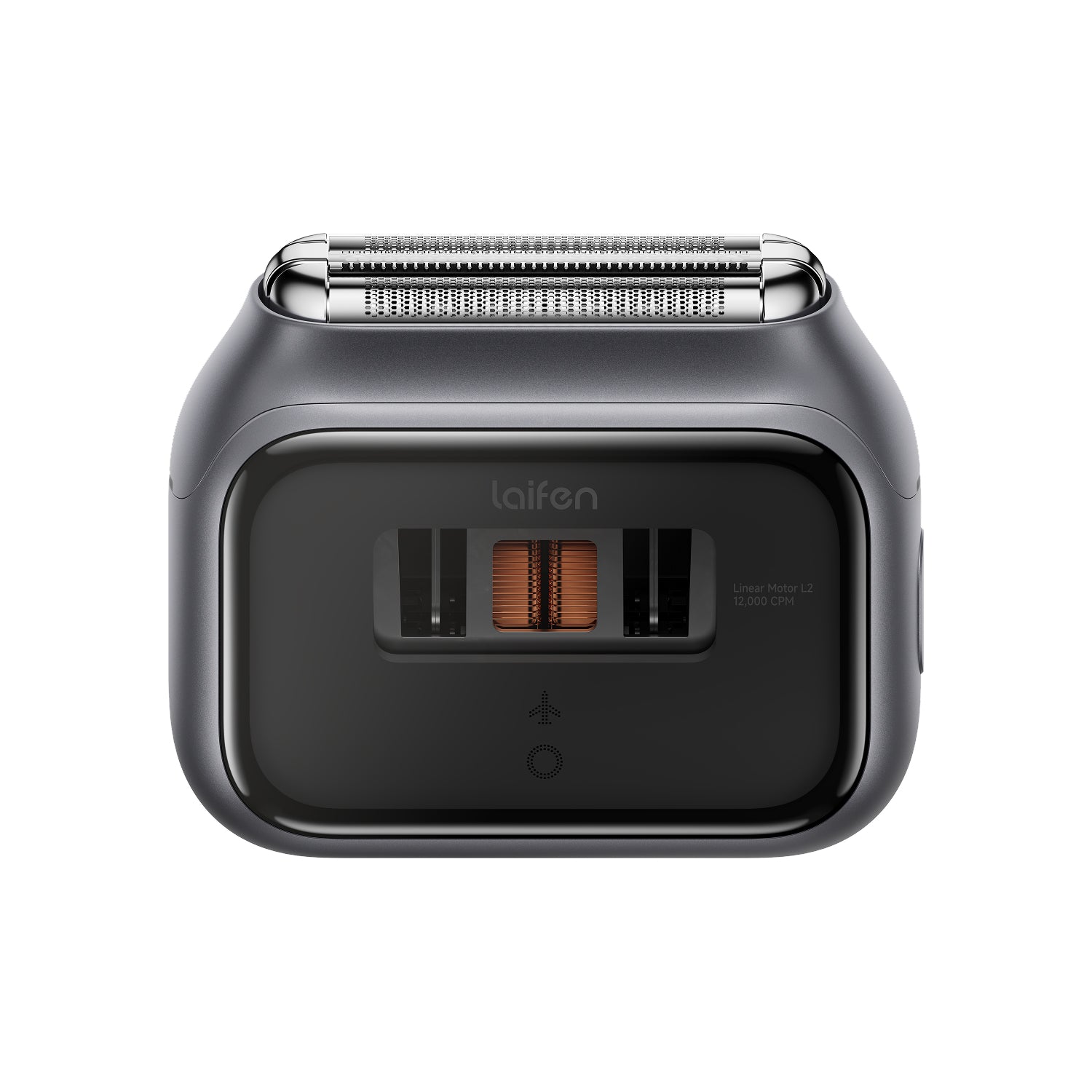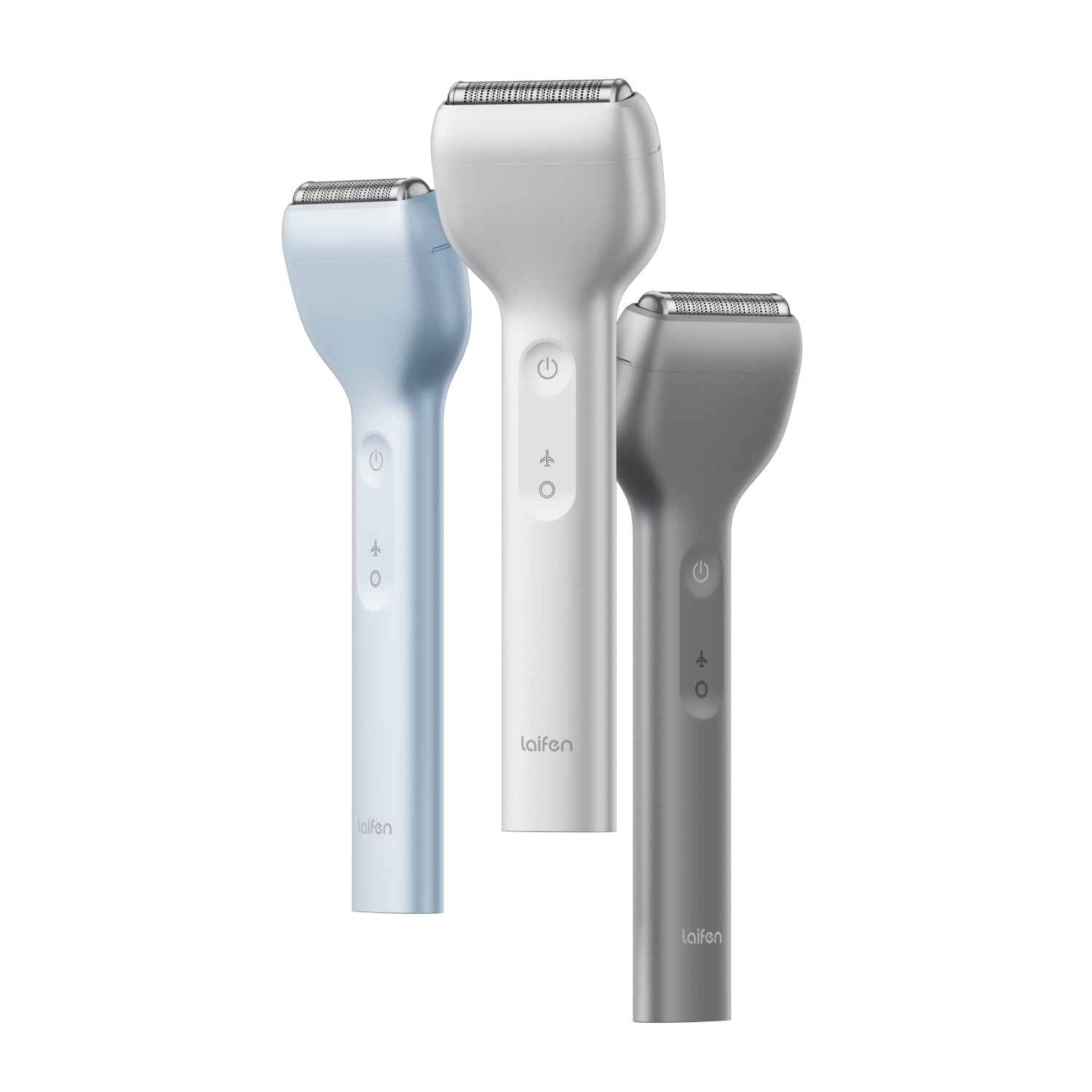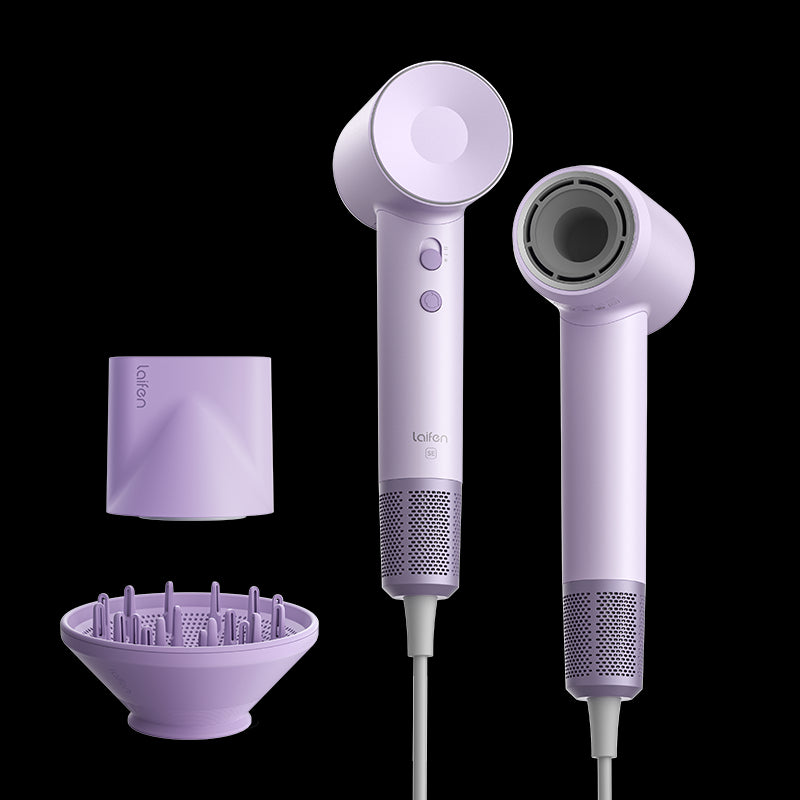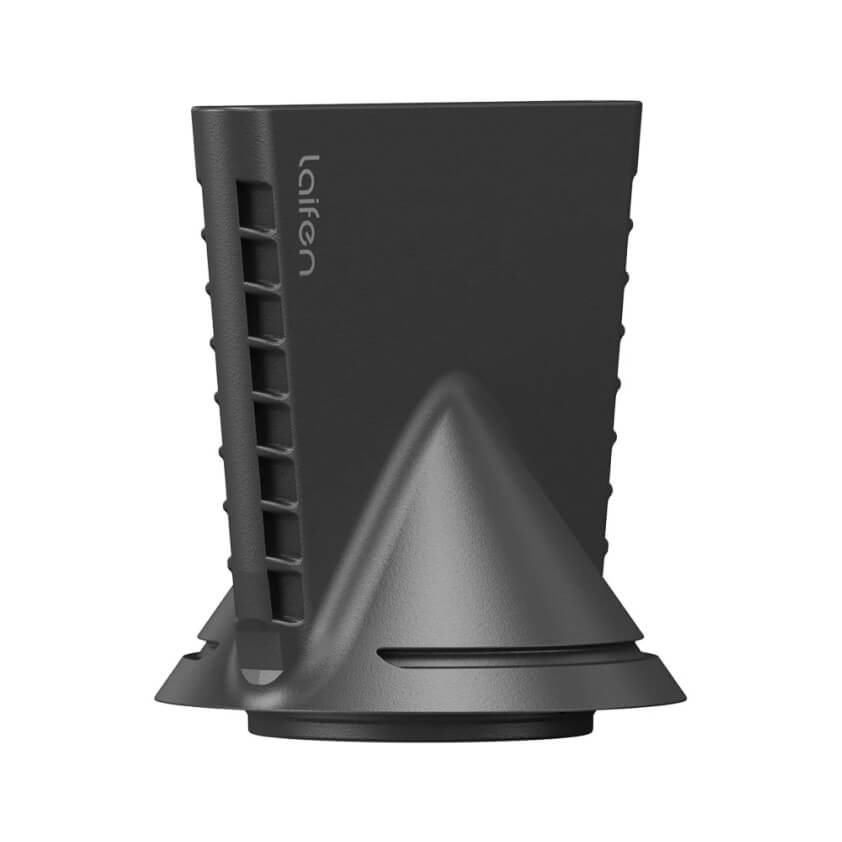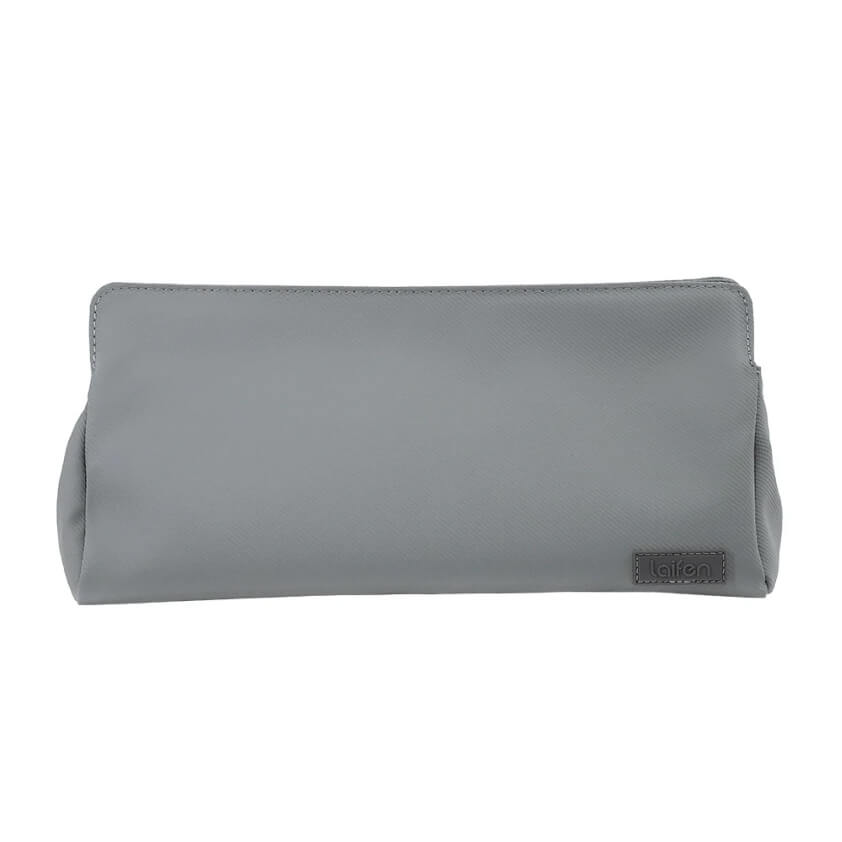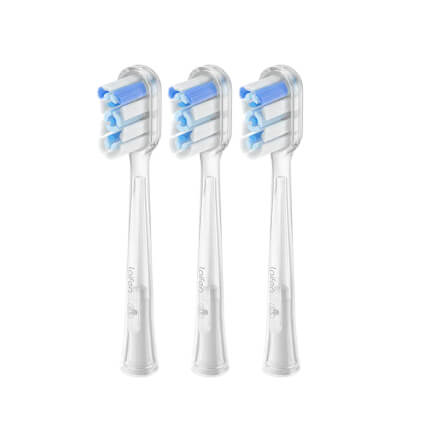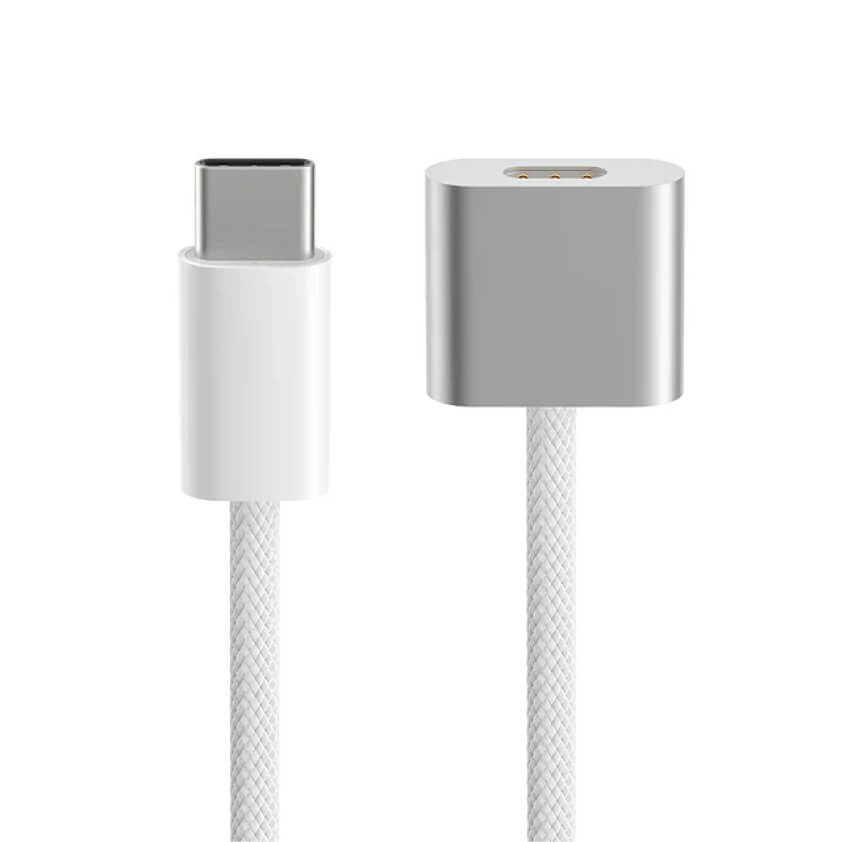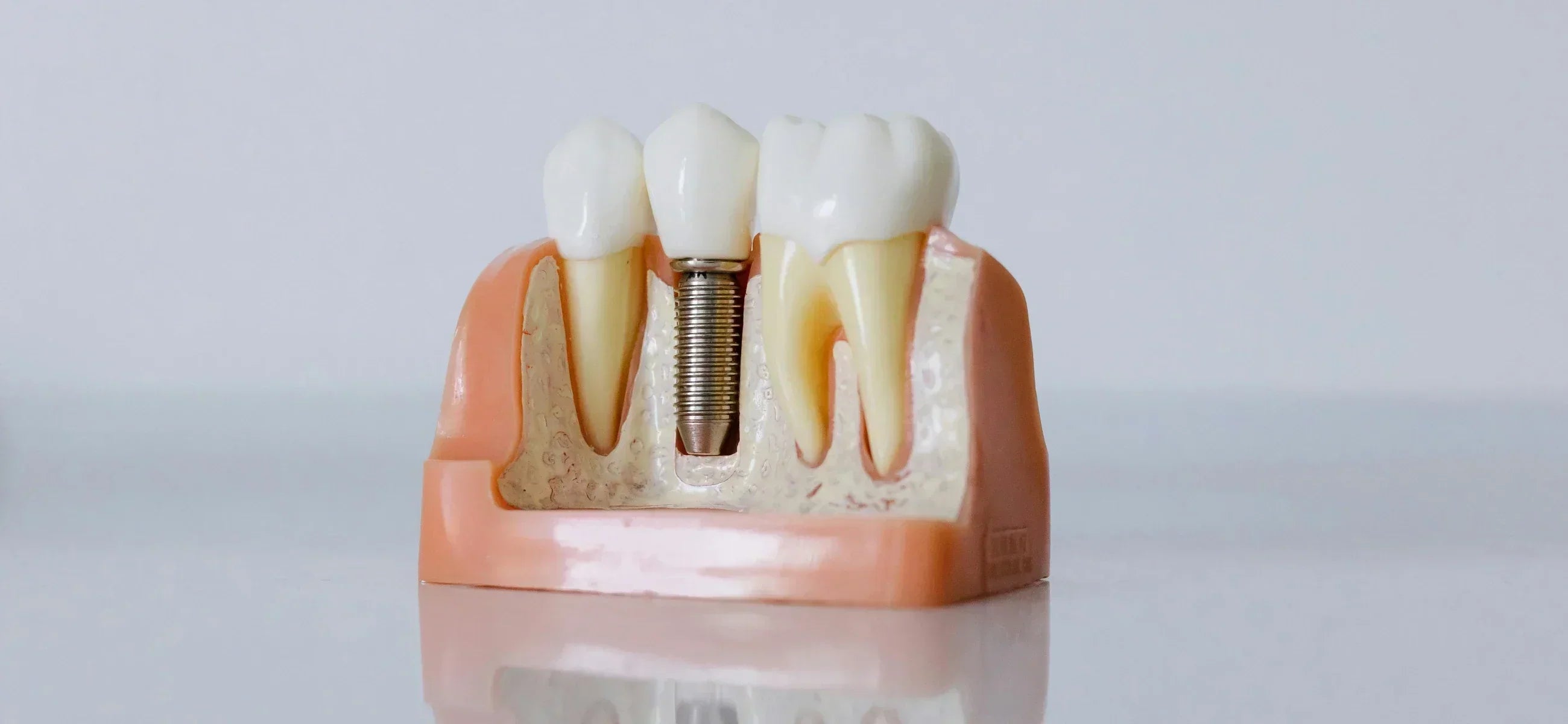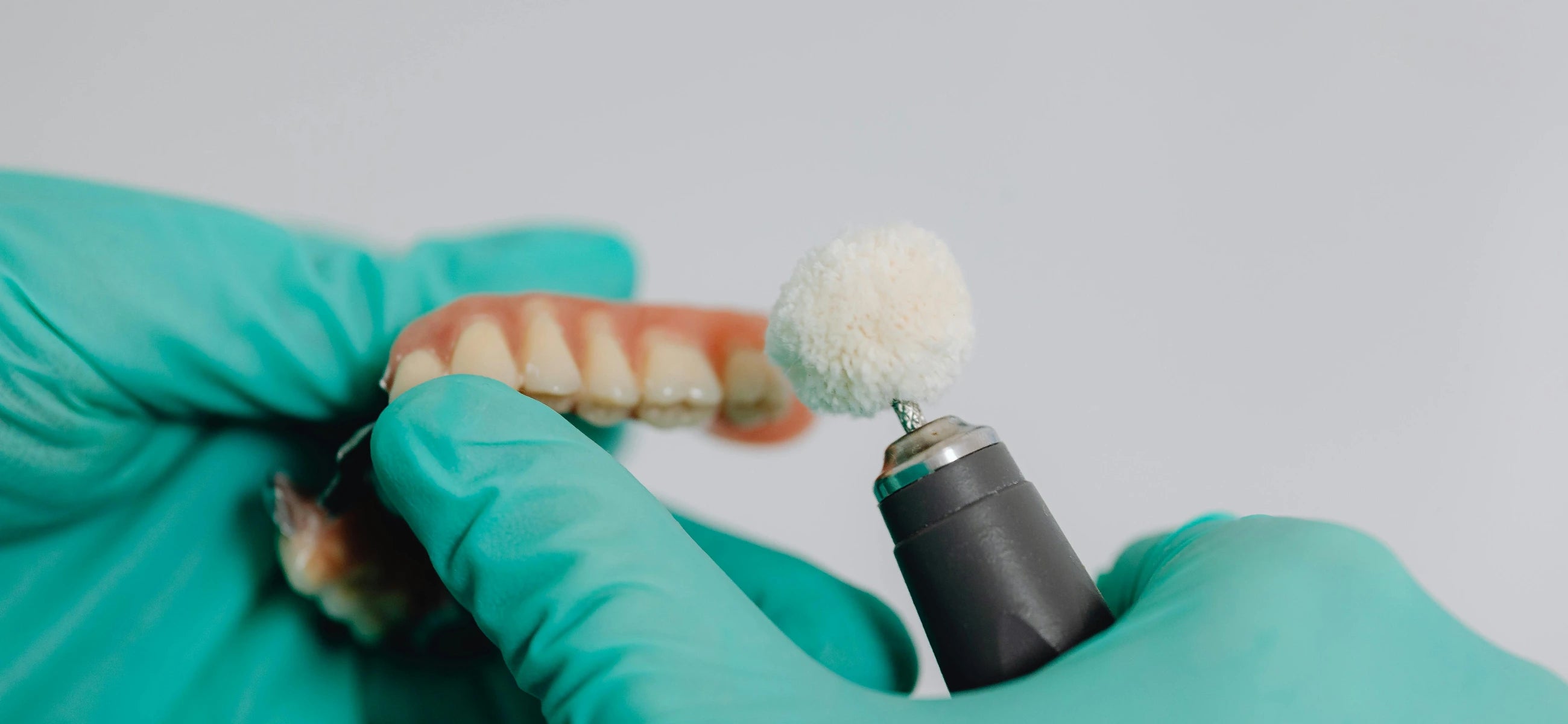
In this article
The procedure required to remove a tooth from your mouth is stressful enough, but the instance of a dry socket can make the recovery time even more uncomfortable - and painful. Here, we explain what is meant by a dry socket on a tooth, what causes it, and how you can go about treating it to alleviate your pain following a tooth extraction procedure.
What is a dry socket on a tooth?
A dry socket can occur after the extraction of a tooth, usually a wisdom tooth. Following the process of tooth removal, a blood clot forms to cover the wound. When it doesn't form correctly or becomes dislodged, it is known as a dry socket.
When a dry socket occurs, it can be painful and uncomfortable, and for most people, it can last for up to a week or slightly longer.
The reason for the discomfort is that the bone and nerves become exposed. A dry socket also means that the wound takes longer to heal.
What is a dry socket on wisdom teeth?
Research shows that a dry socket happens after no more than 5% of tooth extractions, so it's not a particularly common occurrence*.
Though dry socket can occur after the removal of any tooth, it is usually a result of wisdom tooth extraction. Your wisdom teeth are those at the back of your mouth and they need to be removed if they can't grow and emerge naturally.
When it occurs, it adds to the pain of having your wisdom teeth removed, and you will need to return to the dentist for a check up to ensure the wound heals as expected.
Causes and symptoms
A dry socket is caused when the blood clot on the wound of a tooth extraction doesn't form properly. It's not clear exactly what causes it, but genetic factors may play a role.
Also, the following actions may make you more susceptible to dry socket in the immediate aftermath of a tooth extraction procedure:
-
Drinking through a straw, as the suction from a straw can dislodge blood clots.
-
Swishing vigorously with mouthwash. In the aftermath of tooth extraction, you should only swish gently with an antibacterial mouthwash.
-
Failing to keep the wound site clean as instructed by your dentist.
-
Smoking - people who smoke following a tooth extraction are three times as likely to get dry socket.
-
Some oral contraceptives can cause dry socket - speak to your dentist about which contraceptives are safe to take as you recover.
Though it's not overly serious, you are likely to experience more pain and discomfort as you recover from your tooth extraction.
To help you work out if you have a dry socket, here are some of the most commonly associated symptoms:
-
Excessive pain at the site of the tooth extraction.
-
Head and neck pain.
-
Bad breath and a bad, metallic taste in your mouth.
What is dry socket pain like?
For most people, the pain of dry socket adds to the discomfort you experience as you recover from the extraction. You are likely to feel a dull pain in the extraction site, but you may also suffer from a headache and pain in the neck.
The severity of the pain will vary from patient to patient, but it's likely to be more severe than you would expect from the typical recovery period. As a result, give your dentist a call and ask for a follow up appointment.
What is the treatment for a dry socket?
If you think that you have experienced a dry socket after wisdom tooth removal, you need to go back to see your dentist. If you call your dentist to report moderate to severe pain at the extraction site, they are likely to think of dry socket as one of the probable causes.
When you return to the dentist's office, they will inspect the extraction site and determine whether or not dry socket is the cause. They may also take an x-ray to make sure of their diagnosis.
In the meantime, you might be able to treat the pain with over-the-counter medications like paracetamol and ibuprofen, but you should ask your dentist if they are suitable when you speak on the phone.
The dentist will then treat the dry socket in one of the following ways:
-
Rinse and clean with salt water.
-
Medicated gauze in the socket.
-
A course of antibiotics (if required).
Your dentist will also offer instructions on how to keep the site safe and healthy as it recovers. This will include instructions to stop smoking (if applicable) and other behaviors that may have led to the dry socket in the first instance.
The final words
A dry socket after a tooth extraction is undoubtedly painful and it's not something to take lightly. In fact, you are likely to experience moderate to severe pain at the extraction site, so the sooner you act, the better you will be.
Call your dentist right away and ask them to recommend the best over-the-counter pain relief you can take in the short term. You can then visit your dentist's office to have the wound site checked and treated and hopefully start to recover from there.

